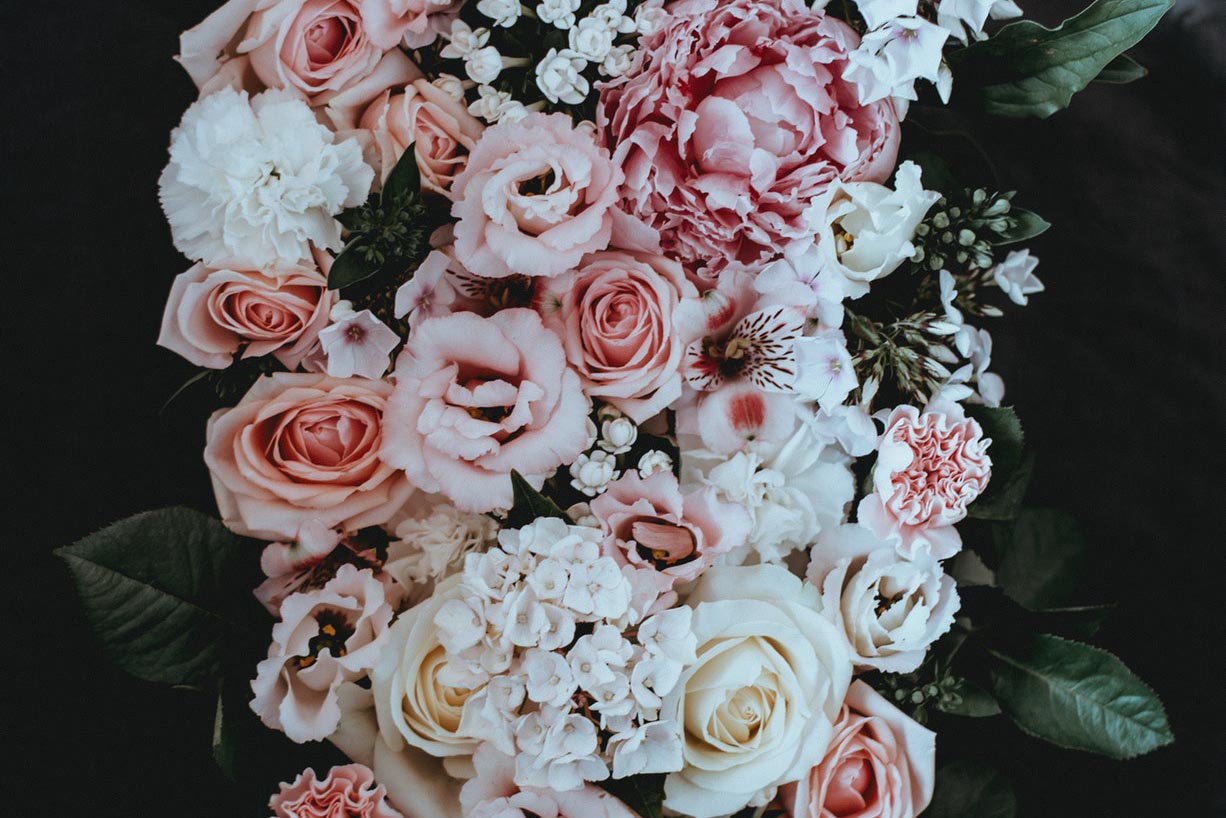
Floriography (language of flowers) is a means of cryptological communication through the use or arrangement of flowers. Meaning has been attributed to flowers for thousands of years, and some form of floriography has been practiced in traditional cultures throughout Europe, Asia, and Africa.
History
Plants and flowers are used as symbols in the Hebrew Bible, particularly of love and lovers in the Song of Songs, as an emblem for the Israelite people and for the coming Messiah. In Western culture, William Shakespeare ascribed emblematic meanings to flowers, especially in Hamlet, Prince of Denmark.
Interest in floriography soared in Victorian England and in the United States during the 19th century. Gifts of blooms, plants, and specific floral arrangements were used to send a coded message to the recipient, allowing the sender to express feelings which could not be spoken aloud in Victorian society.
Armed with floral dictionaries, Victorians often exchanged small "talking bouquets", called nosegays or tussie-mussies, which could be worn or carried as a fashion accessory.
Meanings

The significance assigned to specific flowers in Western culture varied — nearly every flower had multiple associations, listed in the hundreds of floral dictionaries — but a consensus of meaning for common blooms has emerged. Often, definitions derive from the appearance or behavior of the plant itself. For example, the mimosa, or sensitive plant, represents chastity. This is because the leaves of the mimosa close at night, or when touched.
Likewise, the deep red rose and its thorns have been used to symbolize both the blood of Christ and the intensity of romantic love, while the rose's five petals are thought to illustrate the five crucifixion wounds of Christ.
Pink roses imply a lesser affection, white roses suggest virtue and chastity, and yellow roses stand for friendship or devotion. The black rose (actually a very dark shade of red, purple, or maroon) has a long association with death and dark magic.




